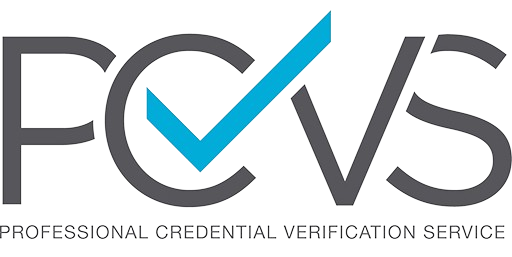Starting a new medical practice, or recruiting new physicians (or other clinical practitioners) to an existing practice is riddled with several administrative challenges. The primary one being proactive, timely application for medical staff hospital privileges and insurance enrollment and credentialing. These two factors alone directly correlate to a new practitioner’s ability to care and bill for acute care patients as well as office-based patients, while also ensuring adherence and compliance with various regulatory and accreditation standards.
Many insurance payers require physicians to hold medical staff affiliation and/or privileges, or to provide written confirmation as to how their acute care members (patients) will be admitted and followed in the hospital setting as a requisite to being an approved insurance payer provider and able to bill for services. That being said, a good place to start is by requesting and completing the hospital(s) credentialing and privileging application, or determining an alternative acute care admission and coverage plan. Hospital credentialing and privileging is unique to each hospital and is driven by the requirements set forth in the Medical Staff Bylaws and associated downstream policies. Generally speaking the hospital credentialing and privileging process can take 30-90 days from the date of the received (complete) application, or longer during the peak months of May through September. In order to avoid unnecessary delays, the onus is on the applicant to provide complete and thorough information and supporting documentation, as requested by the medical staff services department (MSSD). Respond timely to requests for additional information, and be diligent and truthful in disclosing all information requested, including but not limited to written explanations for historical misdemeanors, convictions, adverse license actions, adverse privileging actions and gaps in work history.
Given a complete application has been submitted to the MSSD of the hospital(s), staff should be able to provide an applicant with an estimated date of when the applicant is expected to be presented to the applicable Medical Staff Committees for approval. With this estimated date in mind, the process of enrolling with various payers should begin. There are many considerations as to which payers a physician may wish to be contracted with. These include, but are not limited to types of payers (Medicare, Medicaid, Commercial, etc.), fee schedules, value-performance based contracts/reimbursements, risk pool and risk withhold contracts, group versus independent contracts, penetration of various payers in the practice’s geographic service area, etc. After determining the insurance payers with which a physician wishes to participate, the payer enrollment and credentialing process should begin immediately. With the exception of Medicare and Medicaid enrollment, many insurance payers participate with the Council for Affordable Quality Healthcare (CAQH) credentialing application or utilize a local or state-mandated application. Application with the insurance payers should follow the same thorough and complete process as applying in the hospital setting. Answer all questions thoroughly, completely and honestly. Attached all required documentation, respond to requests for additional information in a timely fashion. Depending on various factors, the insurance payer enrollment and credentialing process can take between 60-120 days before a physician is notified of approval. A new practice or existing practice with new physicians should not begin seeing patients until confirmation has been received by the payers of their approval and effective date with the payer, along with the PIN that is assigned to them for billing purposes. Many practices do not wait for notification of insurance payer approval before seeing patients, which results in significant monetary loses for practices.
When starting a new practice or bringing on new physicians to an existing practice, expect the entire credentialing/enrollment process (hospital and insurance payer) to take, on average, 120 days or more to complete. It is essential to be (1) proactive, (2) organized, (3) thorough, and (4) timely in all hospital and insurance payer application processes, so as to ensure patients can be seen as quickly as possible and the practice is also being appropriately reimbursed for services.
